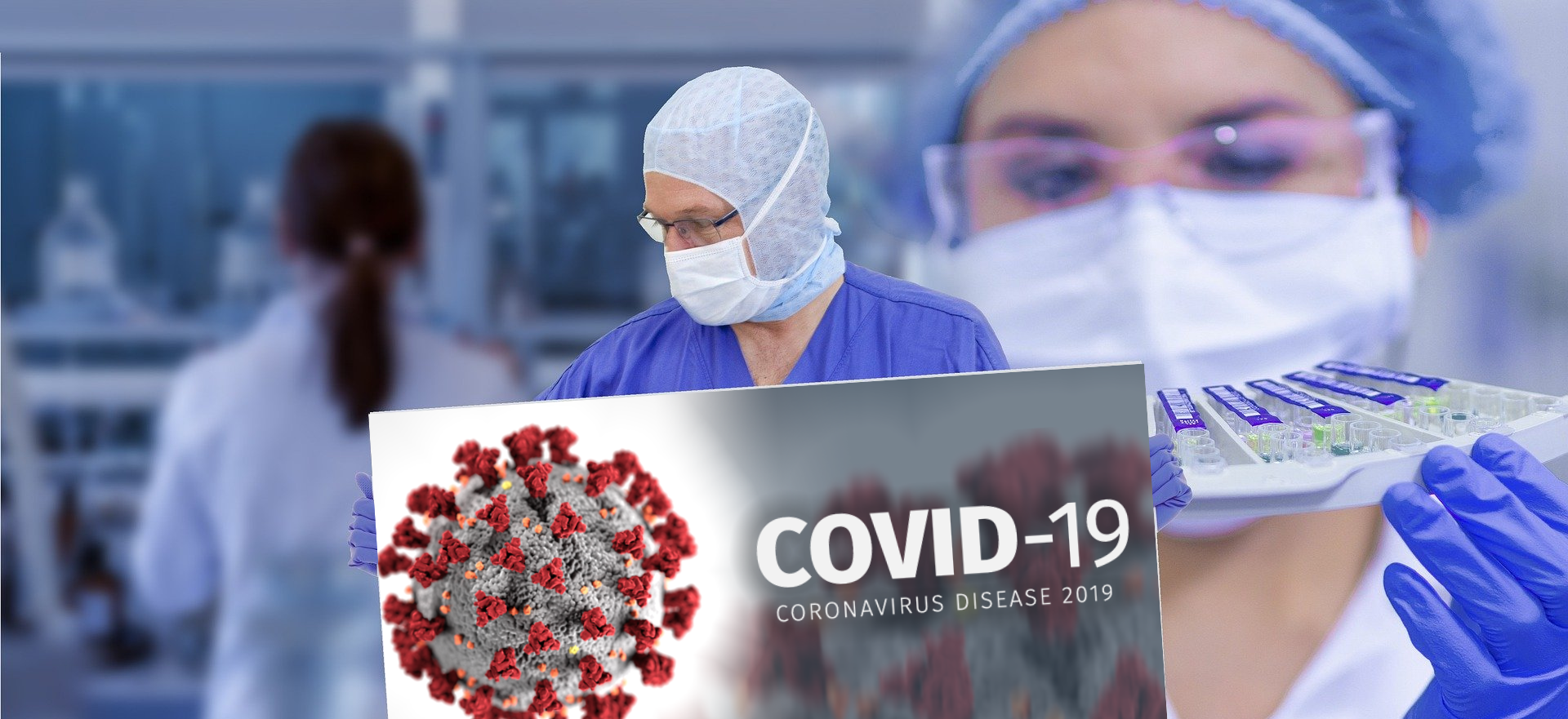Understanding the nanotechnology in COVID-19 vaccines

By Rumiana Tenchov, Information Scientist, CAS Posted February 18, 2021
Lipid nanoparticles are a vital component of the new Pfizer/BioNTech and Moderna mRNA COVID-19 vaccines, playing a key role in protecting and transporting the mRNA effectively to the right place in cells. They are next generation liposomes that use nanotechnology and are well suited to stable and efficient delivery of various therapeutics.
Although mRNA vaccines have received much global interest as they are a new type of drug, lipid nanoparticles have held a recognised position in the mainstream of drug delivery systems (DDS) since the discovery of liposomes in the 1960s. Let us take a closer look at what liposomes are, their evolution and potential for use in other industries.
Liposomes – the precursor to lipid nanoparticles
Liposomes are closed lipid bilayer vesicles that spontaneously form in water (see fig. 1A) – essentially a fatty capsule. They were discovered in the 1960s and their potential as effective drug delivery systems was almost immediately recognized. Throughout the last few decades scientists have worked on the design of liposomes to control where they act, how long they circulate in the body, and where and when their contents are released.
Liposomes have proven to be an extremely versatile nanocarrier platform because they can transport either hydrophilic drugs within the enclosed aqueous interior, or hydrophobic drugs within the hydrocarbon chain region of the lipid bilayer (see fig. 1B).
They are enormously important in therapeutics, driving medicine forward, and have been used in numerous clinical trials for anticancer, anti-inflammatory, antibiotic, antifungal, and anaesthetic drug delivery as well as for the delivery of gene therapies. In fact, liposomes are the first nanomedicine delivery platform to successfully move from concept to clinical application. There are a number of approved pharmaceutical preparations, for example, Doxil for the delivery of the chemical inhibitor doxorubicin to treat ovarian cancer and Epaxal for the delivery of protein antigen as a hepatitis vaccine, and many more in the pipeline. Understanding how they have been developed will help us unlock potential future uses.

Evolution as a targeted drug delivery system
Despite their benefits, liposomes have a couple of disadvantages: they have a short circulation time in blood stream, are unstable in the human body, and lack selective targeting. There have been several key developments to their construction to overcome these challenges:
- To enhance tissue targeting, the liposomes’ surface has been modified with ligands or antibodies which allow the liposome to recognise and bind to specific receptors on the cells (Fig 1C). These are referred to as immunoliposomes.
- To improve their longevity in the blood stream, the surface has been coated in biocompatible inert polymers such as PEG (Fig 1D), which goes undetected.
- To provide controlled release of the encapsulated drug, scientists have designed stimuli-responsive liposomes which are sensitive to temperature and pH levels. The membrane permeability is enhanced during a stimuli-triggered phase transition of the lipids in formulations.
Lipid nanoparticles have a more complex internal lipid architecture and minimal internal aqueous presence than traditional liposomes. Further enhanced physical stability has been achieved by the development of solid lipid nanoparticles (SLN) and nanostructured lipid carriers(NLC), addressing one of the main limitations of emulsion-based formulations. Cubosomes are the most recent improvement which are highly stable nanoparticles formed from a lipid in cubic phase and stabilised by a polymer-based outer corona.
Cationic Lipid Nanoparticles as carriers for nucleic acids
Many of today’s drug molecules are small molecules and biologics. However, increasingly scientists are moving beyond traditional biopharmaceuticals to more complex and specialized therapies including oligonucleotides (RNA, mRNA, siRNA, and DNA-based molecules) that can fight disease at a genetic level.
Nucleic acid-based drugs are a highly interesting new category of biologics that has emerged and a major challenge to their adoption has been ensuring their efficient delivery. This is because the physiochemical properties of the nucleic acids, such as a negative charge and hydrophilicity, prevent passive diffusion across the plasma membrane. They are also susceptible to nuclease degradation. For example, free mRNA, breaks down quickly in the body, thereby diminishing its effectiveness.
To prevent this, and improve stability, advanced technology is required, and this is where lipid nanoparticles come into play. Presently, the most widely used non-viral vector system includes a synthetic positively charged (cationic) lipid. These form stable complexes known as lipoplexes with negatively charged (anionic) nucleic acids. Decorated by positively charged lipids (see fig. 2), nucleic acids are more stable and resistant to nuclease degradation.
Allergic reactions to the mRNA COVID-19 vaccines
Despite their clear advantages for drug delivery, lipid nanoparticles have an unwanted side-effect; they have the potential to induce an allergic reaction, particularly for those who suffer with severe allergies. However, reactions are rare and researchers estimate a rate of 1.1 cases of anaphylaxis for every million first doses of the Pfizer/BioNTech COVID-19 vaccine.
The compositions of the lipid nanoparticles are very similar for the two vaccines (Pfizer/BioNTech and Moderna): an ionizable cationic lipid, a PEGylated lipid, cholesterol, and the phospholipid distearoylphosphatidylcholine (DSPC) as a helper lipid. Scientists believe these reactions are related to the PEG-lipid component of the vaccine as the risk of sensitization appears to be higher with formulations comprising higher-molecule-weight PEG such as PEG3350 – PEG5000. It should be noted that mRNA vaccines contain only MW PEG2000.
Also of interest: What are the Ingredients and Excipients in the COVID-19 Vaccines? Update including AstraZeneca’s Vaccine

